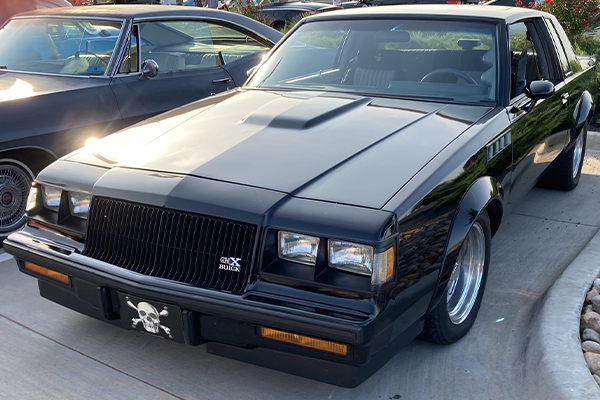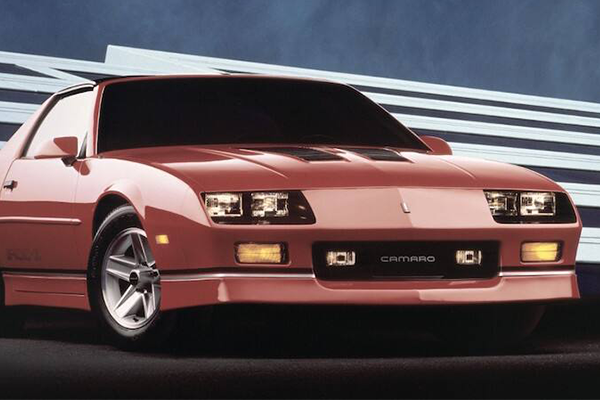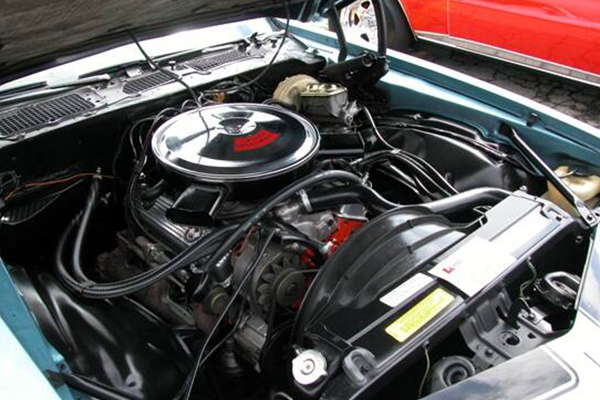From timeless icons to everyday essentials, Crucial Cars examines the vehicles we can't live without. For this installment, we put the spotlight on Toyota's feisty sports car, the MR2. Mid-engine, rear-wheel drive, two-seater. For you trivia buffs, that's how Toyota came up with the name of its sports car that debuted in the mid-1980s. Encompassing three generations before bowing out 20 years later, the MR2 endeared itself to thousands of driving enthusiasts.
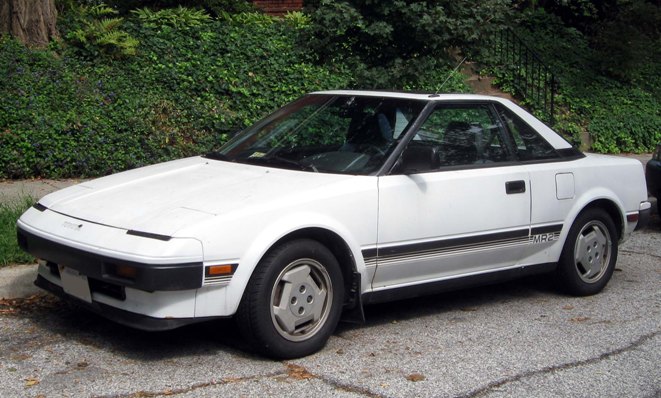
The dancing doorstop
The first-generation MR2 debuted for the 1985 model year. Petite, low to the ground and weighing just around 2,300 pounds, the athletic little runabout quickly became the poster car for affordable sports-car thrills. For good reason, car magazines such as Road & Track and Car and Driver raved about the MR2. A 1.6-liter, DOHC 16-valve inline four making 112 horsepower sat behind the cockpit and ran through either a slick-shifting five-speed manual or an optional four-speed automatic.
The buff books called the manual one of the best in the world due to its satisfying, toggle-switch-like action. The engine's smooth, high-revving nature also made it a blast to run through the gears, and with such little mass to push around it provided sprightly acceleration. As such, 0-60 mph sprints in the 8.5 second range and quarter-mile runs of around 16.5 seconds were possible and very quick for a car powered by a 1.6-liter four. The MR2 saw a mid-cycle refresh for 1987, with the more notable changes including a slight bump in engine output (to 115 hp), bigger brakes, restyled front bumper/taillights, a T-bar roof option (with removable glass panels) and a sportier three-spoke steering wheel.
For 1988, those wanting more gusto saw their wish granted in the form of the MR2 Supercharged, which boasted a force-fed 1.6-liter four making a stated 145 hp. The actual output was likely considerably higher, as performance testing had the little rocket hitting 60 mph in less than seven seconds and running the quarter in the low-15-second range. The following year would see only minor changes, such as an LED-strip-style third brake light, more aerodynamic mirrors, and for the Supercharged version, a rear anti-roll bar.
The baby Ferrari follows
After taking 1990 off, the MR2 returned for the 1991 model year completely redesigned. Looking a lot like a 3/4-scale Ferrari 348 minus the cheese-grater side intakes, it boasted not only exotic car looks but increased power, comfort, and performance. It also gained around 300 pounds in curb weight, though most viewed that as a small price to pay given the aforementioned upgrades. With its 2.2-liter, DOC four making a willing 130 hp, the base MR2 was respectably quick, as it could hit 60 and run the quarter mile a few tenths quicker than its predecessor. As before, the athletic MR2 was more about providing backroads entertainment than it was about straight line thrills. Transmission choices were the same as before. Yet those with more of a need for speed had only to choose the top dog in the lineup, which was now turbocharged rather than supercharged. With its force-fed 2.0-liter four making a robust 200 horses, the new MR2 Turbo could rocket to 60 in just around six seconds flat and rip through the quarter in the mid-14-second range.
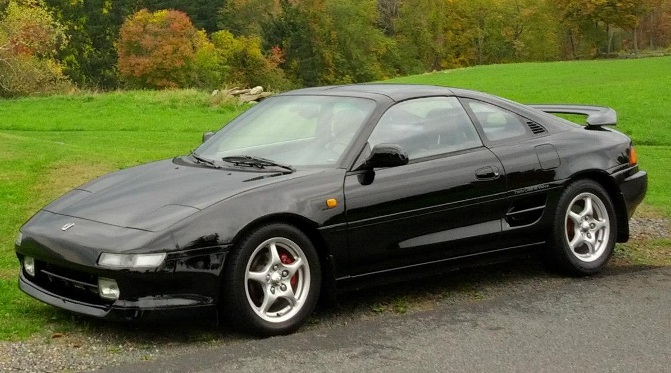
Addressing concerns about the car's propensity toward snap oversteer when pushed to its cornering limits, Toyota made a number of suspension changes as well as the fitment of 15-inch tires (versus the former 14s) for 1993 to make the car more forgiving of non-expert pilots. That year also saw more standard features for the Turbo (including T-tops, air conditioning and cruise control), as well as a newly optional limited-slip differential for that line-topping model. For 1994, base versions got five more horses (for a total of 135), while all versions got a revised taillight panel (with a color-keyed center insert). Other update highlights included a one-piece (versus the previous three-piece) rear spoiler and revised power steering that provided more assist at low speeds and less at higher speeds. The following year, this MR2's last in the U.S. market, saw no changes of note.
Along came a Spyder
After a four-year hiatus, the MR2 returned to the U.S. This third (and last) generation took a somewhat retro tack, as it morphed into a more traditionally styled, soft-top sports car. Toyota emphasized this new theme by adding "Spyder" (basically Italian for convertible sports car) to its name. Aimed squarely at Mazda's ridiculously popular Miata, the latest MR2 traded its formerly sexy curves for a somewhat blocky body "accented" by oversize headlights and taillights. To say it lost some "eyeball" would be understating things. And there was no longer a pumped-up supercharged or turbocharged version.
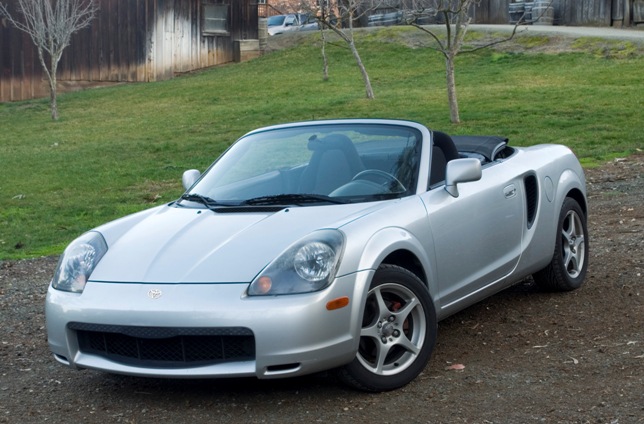
Still, there was plenty to like here. Although the sole engine choice was a 1.8-liter, DOHC, 16-valve four, it featured variable valve timing and cranked out a respectable 138 hp. A five-speed manual gearbox was the only transmission initially offered. Notably, the Spyder was very light, boasting a curb weight of just around 2,200 pounds, which translated into peppy acceleration (0-60 in around seven seconds flat). A longer wheelbase than before gave both a smoother ride over broken pavement along with greater stability when pushed hard on a twisty road. Finally, the MR2 Spyder offered a lot of bang for the buck, and with a price tag of around $24,000, it not only was a blast to drive but came nicely equipped with air conditioning, full power features and sharp alloy wheels. City dwellers or those who just didn't like clutch pedals could, in 2002, choose the newly optional five-speed, automated clutch manual gearbox.
The following year saw that transmission upgraded to six-speeds, slightly restyled front/rear fascias, revised seats and recalibrated suspension components. For 2004, the MR2 Spyder received an optional Torsen limited-slip differential, a stronger structure (for better crash protection), and, to the chagrin of most enthusiasts, a one-inch taller ride height. To celebrate 2005, the last year for the MR2 Spyder in the U.S., Toyota added a six-disc CD changer to the standard equipment list. With its two-decade run and massive popularity among driving enthusiasts looking for a fun, dependable, and low-running-cost ride, the Toyota MR2 is hard to beat. A few web sites catering to MR2 fans include MR2 World and International MR2 Owners Club. Did you own a Toyota MR2? Tell us about it in the comments.



